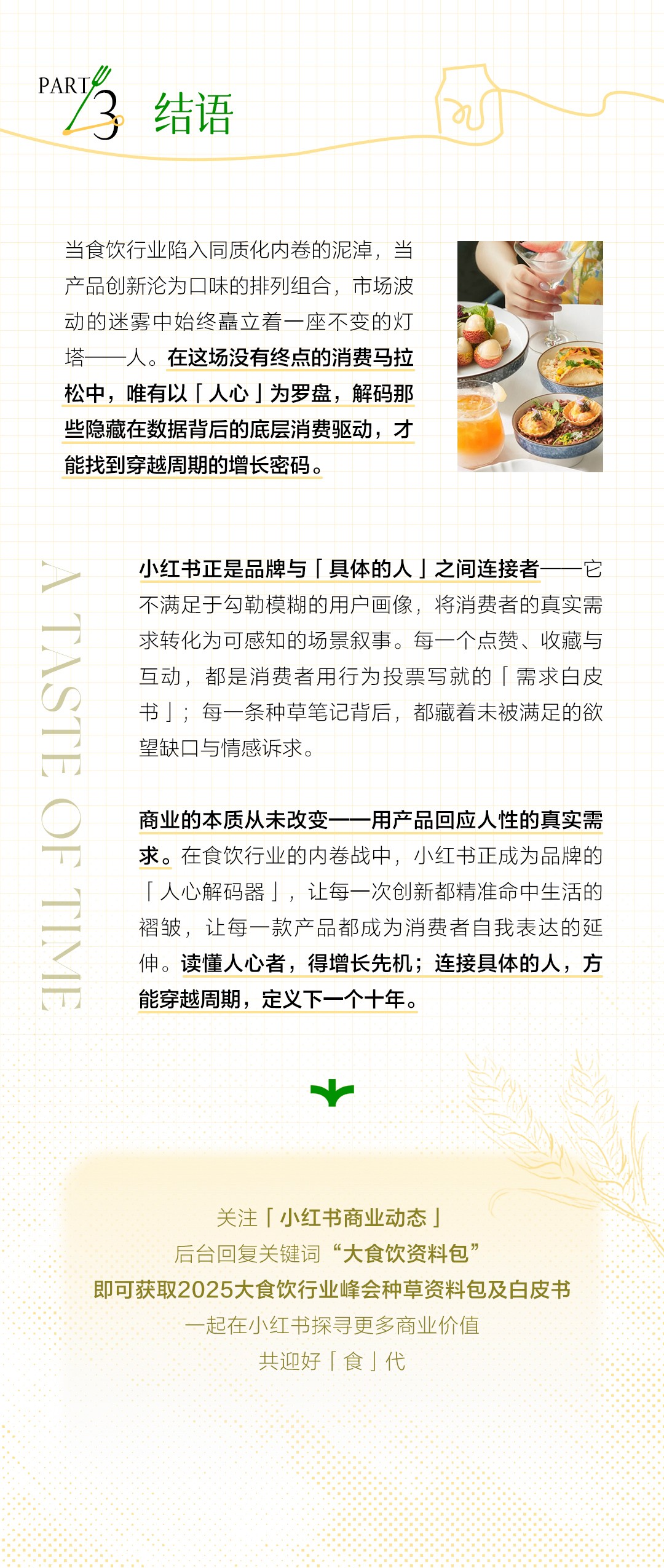It begins as surely as the leaves dropping off the trees. As the mercury drops and the sunlight fades, the sniffles set in. At best, it’s just a cold that leaves us with the strange feeling that we’ve swallowed a cheese grater; if we’re unlucky, our body is wracked with a high fever and aching limbs for up a week or longer. We have flu.
每逢夏去秋来,落叶漂荡,它都会按时呈现。跟着温度下降,阳光渐弱,鼻涕也会随之而来。假如病况不重,那就仅仅一场伤风,会让咱们的嗓子感觉有如刀刮过相同;假如你不幸病况较重,整个身体都会发高烧,四肢也会感觉痛苦,这样的一种状况或许继续一周乃至更长时刻。这说明咱们得了流感。
The flu season arrives so predictably, and affects so many of us, that it’s hard to believe that scientists have had very little idea why cold weather helps germs to spread.
流感时节总是很有规则,并且总会影响很多人。但即便如此,科学家关于冰冷的气候为什么有助于流感病菌的传达却知之甚少,这着实令人意外。
Over the last five years, however, they have finally come up with an answer that might just offer a way to stem the tide of infection – and it revolves around a rather grim fact about the ways that your sneezes linger in the air.
但是,曩昔5年间,他们总算找到了答案,这或许有助于阻挠流感的大范围迸发——这一切的核心都源自你打出的喷嚏在空气中的传达方法。
A new understanding of influenza couldn’t come quickly enough; worldwide, up to five million people catch the illness each flu season, and around a quarter of a million die from it. Part of its potency comes from the fact that the virus changes so quickly that the body is rarely prepared for the next season’s strain.
人类确实应当尽早加深对流感的知道;每个流感时节,全世界都有多达500万人患病,其间约25万人会因而丧身。流感的破坏力之所以如此巨大,部分原因首要在于流感病毒的变异速度极快,往往令咱们的身体对下一季的菌株措不及防。
“The antibodies we’ve built up no longer recognise the virus – so we lose our immunity,” says Jane Metz at the University of Bristol. It also makes it harder to develop effective vaccines, and although you can engineer a new jab for each strain, governments often fail to persuade enough people to take it up.
“咱们体内的抗体现已无法辨认这些病毒——所以咱们失掉了免疫力。”布里斯托大学的简·梅茨(Jane Metz)说。这也加大了开发疫苗的难度,虽然可彻底为每一种菌株都规划一种新的疫苗,但政府往往无法压服满足的人打针疫苗。
The hope is that by understanding better why flu spreads in winter, but naturally fades in summer, doctors could find simple measures to stop its spread. Previous theories had centred on our behaviour. We spend more time indoors in the winter, meaning that we’re in closer contact with other people who may be carrying germs.
假使可以更好地了解流感为什么在冬季盛行,到了夏日却隐姓埋名,医师便可找到简略的方法来按捺它的传达。之前的理论都集中于咱们自身的行为。咱们冬季会在室内逗留更长时刻,因而会与或许带着病菌的人更近间隔的触摸。
We’re more likely to take public transport, for instance – and as we’re pressed against spluttering commuters, misting up the windows with their coughs and sneezes, it’s easy to see how this could send us over a tipping point that allows flu to spread through a population.
到了冬季,咱们也更有或许乘坐公共交通工具,例如——当紧靠着唾沫飞溅的路人时,当车窗上的雾气混入了他们的咳嗽或喷嚏时,咱们便很简略置身于流感传达的引爆点之中。
Another popular idea concerned our physiology: the cold weather wears down your body’s defences against infection. In the short days of winter, without much sunlight, we may run low on Vitamin D, which helps power the body’s immune system, making us more vulnerable to infection.
还有一个盛行的观念则把剖析要点集中于咱们的生理机能:冰冷的气候会导致你的身体丢失对传患病的抵抗力。由于冬季日照时刻缩短,咱们体内的维生素D含量或许下降。由于维生素D有助于加强咱们的免疫体系,因而这种营养物质的缺少导致咱们更简略患传患病。
What’s more, when we breathe in cold air, the blood vessels in our nose may constrict to stop us losing heat. This may prevent white blood cells (the warriors that fight germs) from reaching our mucus membranes and killing any viruses that we inhale, allowing them to slip past our defences unnoticed. (It could be for this reason that we tend to catch a cold if we go outside with wet hair.)
别的,在冷空气中呼吸时,鼻腔内的血管也有必定的或许缩短,防止丢失热量。这有或许阻止白细胞(对立病菌的斗士)抵达鼻粘膜,使之无法杀死咱们吸入的病毒,让病菌得以在不知不觉间绕过人体的防护体系。(或许正因如此,所以当咱们湿着头发出门时很简略伤风。)
While such factors will both play some role in transmission, analyses suggested that they couldn’t completely explain the yearly emergence of flu season. Instead, the answer may have been lying invisible in the air that we breathe. Thanks to the laws of thermodynamics, cold air can carry less water vapour before it reaches the “dew point” and falls as rain.
虽然这些要素都在流感的传达中扮演了必定的人物,但剖析标明,这些理论依然无法彻底解说每年都会呈现的流感时节。事实上,真实的答案或许隐藏在咱们呼吸的隐形空气中。由于热力学规律,冷空气带着的水蒸汽将会削减,并在抵达“露点”后变成雨水下降下来。
So while the weather outside may seem wetter, the air itself is drier as it loses the moisture. And a steady stream of research over the past few years has shown that these dry conditions seem to offer the perfect environment for the flu virus to flourish.
所以,虽然到了冬季,外面的气候看起来更湿润了,但由于空气湿度下降了,所以空气自身反而愈加枯燥。曩昔几年的一系列研讨标明,这些枯燥的环境好像为流感病毒的成长和传达发明了绝佳的环境。
Lab experiments, for instance, have looked at the way flu spreads among groups of guinea pigs. In moister air, the epidemic struggles to build momentum, whereas in drier conditions it spreads like wildfire.
例如,科学家现现已过试验研讨了流感在豚鼠之间的传达途径。在湿润的空气中,流感病毒难以积累气势,而在枯燥的空气中却会像野火般敏捷延伸。
And comparing 30 years’ worth of climate records with health records, Jeffrey Shaman at Columbia University and colleagues found that flu epidemics almost always followed a drop in air humidity.
将最近30年的气候记载与健康档案进行比照后,哥伦比亚大学的杰弗里·沙曼(Jeffrey Shaman)和他的搭档发现,流感迸发简直总是伴跟着空气湿度的下降。
In fact, the overlap of the graphs was so close, “you could pretty much put one on top of each other,” says Metz, who together with Adam Finn, recently reviewed all the evidence for the Journal of Infection. The finding has now been replicated many times including analyses of the 2009 Swine flu pandemic.
事实上,这两个图形的堆叠度极高,“简直可以用一个图形彻底掩盖另一个。”梅茨最近与亚当·费恩(Adam Finn)共同为《传患病期刊》(Journal of Infection)评价了一切的依据。这一发现现已得到了重复的验证,包含2009年迸发的猪流感。
That’s counter-intuitive – we normally think that the damp makes us ill, rather than protects us from disease.
这好像违背直觉——咱们一般以为,湿润的气候简略使人患病,而不是为咱们供给维护。
But to understand why, you need to grasp the peculiar dynamics of our coughs and sneezes. Any time we splutter with a cold, we expel a mist of particles from our nose and mouths.
要了解背面的原因,就有必要了解咳嗽和打喷嚏的动力学特性。当咱们由于得了伤风而咳嗽或打喷嚏时,会从鼻子和嘴巴喷出许多微粒。
In moist air, these particles may remain relatively large, and drop to the floor. But in dry air, they break up into smaller pieces – eventually becoming so small that they can stay aloft for hours or days. (It’s a bit like the mist you get when you turn a hose pipe to its finest spray.)
在湿润的空气中,这些微粒或许相对较大,很简略落到地面上。但在枯燥的空气中,这些微粒会分解成更小的微粒——终究小得足以在空中漂浮好几个小时,乃至好几天。(这有点像把喷头调到最细的那一档上发生的喷雾。)
The result is that in winter, you are breathing a cocktail of dead cells, mucus and viruses from anyone and everyone who has visited the room recently.
正因如此,到了冬季,咱们吸入的空气中就会混入最近进入房间的一切人经过呼吸道排出的死细胞、粘液和病毒。
What’s more, water vapour in the air seems to be toxic to the virus itself. Perhaps by changing the acidity or salt concentration in the packet of mucus, moist air may deform the virus’s surface, meaning that it loses the weaponry that normally allows us to attack our cells. In contrast, viruses in drier air can float around and stay active for hours – until it is inhaled or ingested, and can lodge in the cells in your throat.
别的,空气中的水蒸气自身好像也会对病毒构成威胁。经过改动一团粘液的酸度或盐度,湿润的空气或许就可以分裂病毒的外表,使之失掉进犯人体细胞的常用兵器。比较而言,病毒能在枯燥的空气中漂浮好几个小时,直至被咱们吸入呼吸道,并在咱们嗓子的细胞里落户。
There are some exceptions to the general rule. Although the air on aeroplanes is generally dry, it does not seem to increase the risk of catching influenza – perhaps because the air conditioning itself filters out any germs before they have a chance to circulate.
但也有一些例外状况。虽然飞机上的空气一般都很枯燥,但好像并不会添加患流感的危险——或许是由于空调自身可以过滤病菌,使之无法流转。
And although the dry air seems to fuel the spread of flu in the temperate regions of Europe and North America, some contradictory results suggest the germs may act somewhat differently in more tropical areas.
并且,虽然枯燥的空气好像能在欧洲和北美的温带区域促进流感的传达,但在更接近赤道的当地却发生了一些对立的成果,标明病菌在那些当地的活动方法或许略有不同。
One explanation is that in particularly warm and wet conditions of a tropical climate, the virus may end up sticking to more surfaces within a room. So although it can’t survive in the air so well, the flu virus could instead be thriving on everything that you touch, making it more likely to pass from hand to mouth.
有一种观念以为,在特别温暖湿润的赤道气候中,病毒终究会贴附在室内的更多外表上。所以,虽然流感病毒不能在空气中容易生计,但它却能存活于你所触及的任何一个外表,使之更有或许经过手进入咱们的口腔。
But in the northern hemisphere at least, these findings could offer a simple way to kill the germs while they are still hanging in the air. Tyler Koep, then at the Mayo Clinic in Rochester, Minnesota, has estimated that simply running an air humidifier in a school for one hour could kill around 30% of the viruses flying around the air.
但至少在北半球,可以精确的经过这些发现规划一种简略的方法,在病菌依然漂浮在空气中的时分将其消除。当泰勒·科普(Tyler Koep)上任于明尼苏达州罗切斯特市的梅约诊所时,他从前估量,只需在校园里运用空气加湿器一个小时,就能杀死30%漂浮在空气中的流感病毒。
Similar measures could (almost literally) pour cold water on other disease hotspots – such as hospital waiting rooms or public transport. “It would be a way of curbing the large outbreaks that occur every few years as the flu virus changes,” he says. “The potential impact in the cost of work days missed, schools days missed, and healthcare, would be substantial.”
还可以采纳其他一些相似的办法,例如在医院大厅或公共交通工具等流感传达的热门区域倾泻冷水。“这可以按捺由于病毒的变异而每隔几年迸发一次的严峻流感疫情。”他说,“疫情会导致企业罢工、校园停课、健康受损,潜在影响非常巨大。”
Shaman is now working on further trials, though he thinks that it will involve a tricky balancing act. “Though higher humidity is associated with lower survival rates for influenza, there are other pathogens, such as pathogenic mould, that thrive at higher humidity,” he says. “So care must be taken with humidification – it's not solely beneficial.”
沙玛现在正在打开进一步的测验,但他以为,应该采纳愈加奇妙的平衡办法。“虽然进步湿度可以更好的下降流感病毒的存活率,但其他的病原体却会由于湿度的升高而愈加活泼。”他说,“所以在加湿过程中有必要坚持慎重——这并不是有利无害的。”
The scientists are keen to emphasise that measures like vaccines and good personal hygiene are still the best ways to protect yourself; using water vapour to kill the germs would just offer an additional line of attack. But when you are dealing with an enemy as mercurial and pervasive as the flu virus, you need to use every possible weapon in your arsenal.
科学家们都在着重,疫苗和杰出的个人卫生仍是维护自己的最好方法;运用水蒸气杀死病菌仅仅额定拓荒的一条阵线。但当你要抵挡像流感病毒那样善变而无处不在的敌人时,就需要动用一切可以正常的运用的兵器。

 好一个美丽的秋糖会
好一个美丽的秋糖会 守望时代,先锋未止:三得利世家携经典新作亮相Whisky L! 2025
守望时代,先锋未止:三得利世家携经典新作亮相Whisky L! 2025 格兰多纳全新「大师乐章」系列耀目登陆WHISKY L! 2025,向雪莉桶熟成艺
格兰多纳全新「大师乐章」系列耀目登陆WHISKY L! 2025,向雪莉桶熟成艺 赛道同质化如何破局
赛道同质化如何破局 揭秘麦卡伦雪莉橡木桶的旅程
揭秘麦卡伦雪莉橡木桶的旅程 与世界、共汾享,以文明酿新章 青花汾酒30复兴版升级款璀璨启幕
与世界、共汾享,以文明酿新章 青花汾酒30复兴版升级款璀璨启幕 解锁品牌新维度,沉浸式探秘“酱香密码”茅台1935 时空共振场”快闪店
解锁品牌新维度,沉浸式探秘“酱香密码”茅台1935 时空共振场”快闪店 柯布(KOB)中国盲品实力榜:更新至2025年7月16日(计入第十四届朗伯柯
柯布(KOB)中国盲品实力榜:更新至2025年7月16日(计入第十四届朗伯柯